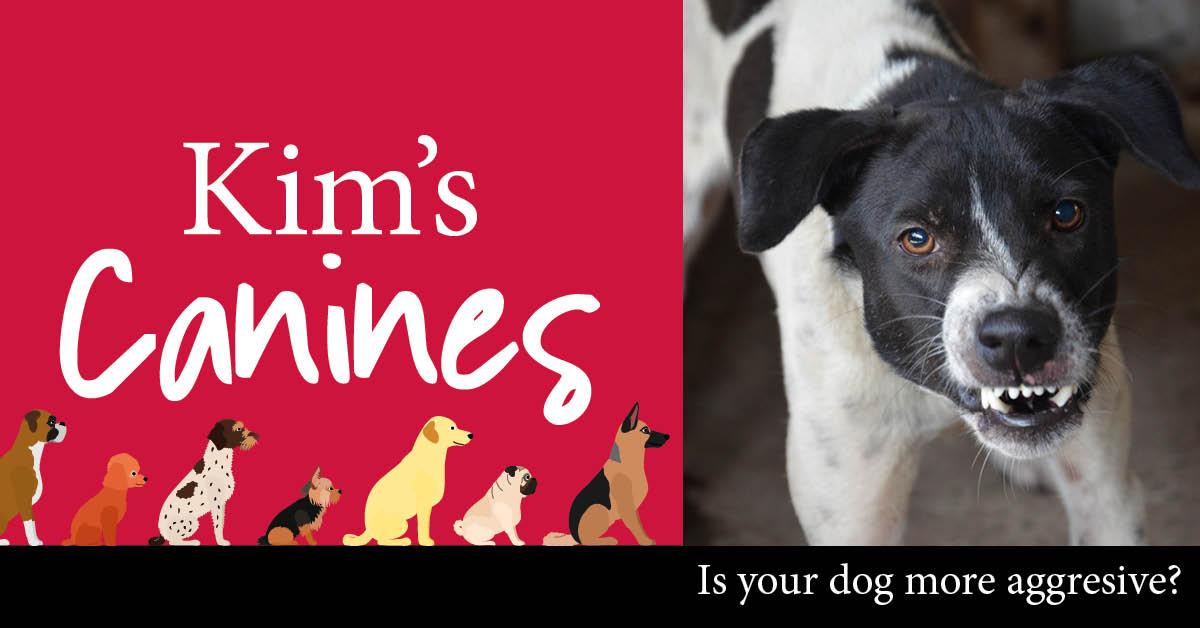Subscribe to trusted local news
In a time of both misinformation and too much information, quality journalism is more crucial than ever. By subscribing, you can help us get the story right.
- Subscription costs less than £1 a week with an annual plan.
Already a subscriber? Log in here.
18
Apr 2021
Kim's Canines: Has the last year made our dogs more reactive?

 This column is written for the Stray Ferret by Kimberley Metcalfe. Kimberley has an MSc in Applied Animal Behaviour and Welfare. Her company Pooches Galore is based in Harrogate and specialises in dog training and resolving canine behavioural problems.
This column is written for the Stray Ferret by Kimberley Metcalfe. Kimberley has an MSc in Applied Animal Behaviour and Welfare. Her company Pooches Galore is based in Harrogate and specialises in dog training and resolving canine behavioural problems.
I’m not sure if it is a consequence of the severe restrictions we have been living under with our dogs, the increase in the number of dogs on walks, lack of socialisation or something else altogether: but I am seeing more and more reactive dogs.
Reactivity is a bit of a catch all term we use for dogs who bark, lunge, and even bite at other dogs or people. I normally see it come from a place of fear or uncertainty. And one thing we know is that the last year has been uncertain for us - and I’m sure it has also been uncertain for our dogs.
We have spent a year keeping our distance from others and we might even have tightened up on the lead to move them out of the way, which has meant that our dogs have also kept their distance from others. Many dogs will be fine with this and will bounce back with no problems at all. However, many dogs will have picked up on this and will have developed some anxiety in certain situations.
Read More:
- Kim’s Canines: Protecting your pooch from dog theft
- Kim’s Canines: Things to know when purchasing a puppy
Reactivity normally comes from a place of fear, with the dog’s behaviour escalating gradually resulting in barking and lunging at dogs or people. Normally the dog’s behaviour begins with very subtle signs, often so subtle you have to be really looking for them to notice. These behaviours include lip licking, yawning, scratching at the collar – see how subtle they are?
Because they are so subtle, they are often missed. When they are missed or ignored, the dog then has to increase their behaviour to make the signs more obvious. Eventually the dog has to continually increase the intensity of their body language until they reach barking, growling, lunging – and even biting. These much more obvious signs almost always work to remove the threat.
When we work with dogs who are stressed in different situations, we need to look closely at behaviours they offer us from a distance to help them feel more secure and that the other dogs or people are not a threat to them. Ultimately, we need to change their underlying emotions when they see their trigger, from a place of fear, anxiety or uncertainly, instead teaching the dog that good things happen. The trigger predicts something good!
There is a very subtle art to this science, and timing and distance is everything. If your dog is struggling, please reach out: we can help you to have a happier life with your dog.
0